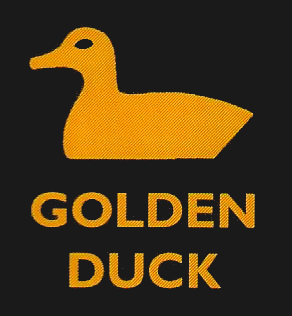The Sea Is Not Made of Water
Adam Nicolson
Collins
£20
This is a book with the wow! factor. Its sub-title ‘life between the tides’ helps ease the reader into an astonishingly wide-ranging, intellectual tour-de-force which finally reaches the assertion that the sea ‘is a world to come alongside, to be-with in ways that go beyond the predatory’. Whilst most sailors will have little trouble with this concept, Nicolson works his way towards it from a coast-based perspective. Although he does sail, pushing out towards Lismore Lighthouse in the Sound of Mull, in a 16’ wooden lugger, his interest is in observation of the rocks, tides and legends rather than the activity of sailing itself. His focus is on the marginal area where sea and land co-exist in a state of continual flux – and what this means for the inhabiting lifeforms, whether they are people, seaweeds or crustacea.
The Sea is Not Made of Water begins and ends as Nicolson constructs a series of rock pools in Ardtonish Bay, first close to his wife, gardener Sarah Raven’s cottage, then further out on the headland Rubha an t’Sasunnaich, and observes their colonisation and internal dramas. Before that, even, comes an investigation into the local species of sandhopper that will ensure you never again dismiss these complex little jumpers as mere picnic-poopers. Similarly, having read the scientific findings concerning prawn stress and anxiety-triggers, it’ll be a while before some readers bite into a seafood sandwich with quite the same enthusiasm. This, however, is part of the excellence of Nicolson’s approach: as in his marvellous study of Atlantic seabirds (The Seabirds’ Cry) he acknowledges the frequent cruelty of scientific experiment as well as the humbling insights it offers into the complexity and beauty of other species.
Humans are the globe’s top predators, preying on each other as well as plant and animal species. The Morvern peninsula was radically de populated by the Highland Clearances, by clan warfare and by starvation. Thousands of years earlier the Mesolithic inhabitants of this coast, living on a shellfish diet, appear to have over-fished themselves into extinction. Their successors, The Neoliths, arriving from across the Atlantic established themselves as farmers. ‘The protein punch of a single cow,’ writes Nicolson, ‘was equivalent to 31,000 limpets, 52,000 oysters and 157,000 cockles.’ Life on this rocky Hebridean coast seems always to have been hard. Survival of the fittest theories are discussed and some chilling examples of survival decisions in practice appear to have been hidden within ‘fairy-lore’ – laying handicapped babies out beneath the highwater mark, for instance, and shutting one’s ears to their crying, on the comforting pretext that these are changelings who must be taken back by the fairies.
It may be Nicolson’s chapter on the tide that yachtsmen will find most disconcerting. He highlights the Newtonian theory that what we experience is not the sea being pulled about the surface of the earth by the sun or moon, but the turning of the earth under the surface covering of the sea. ‘Find yourself in a tide race full of turbulence and overfalls and you are feeling not the potency of the sea but the gigantic flywheel of the earth itself, its huge angular momentum driving these rocks through waters that are held in place by a satellite 250,000 miles away’ – a concept both awe-inspiring and giddying.
